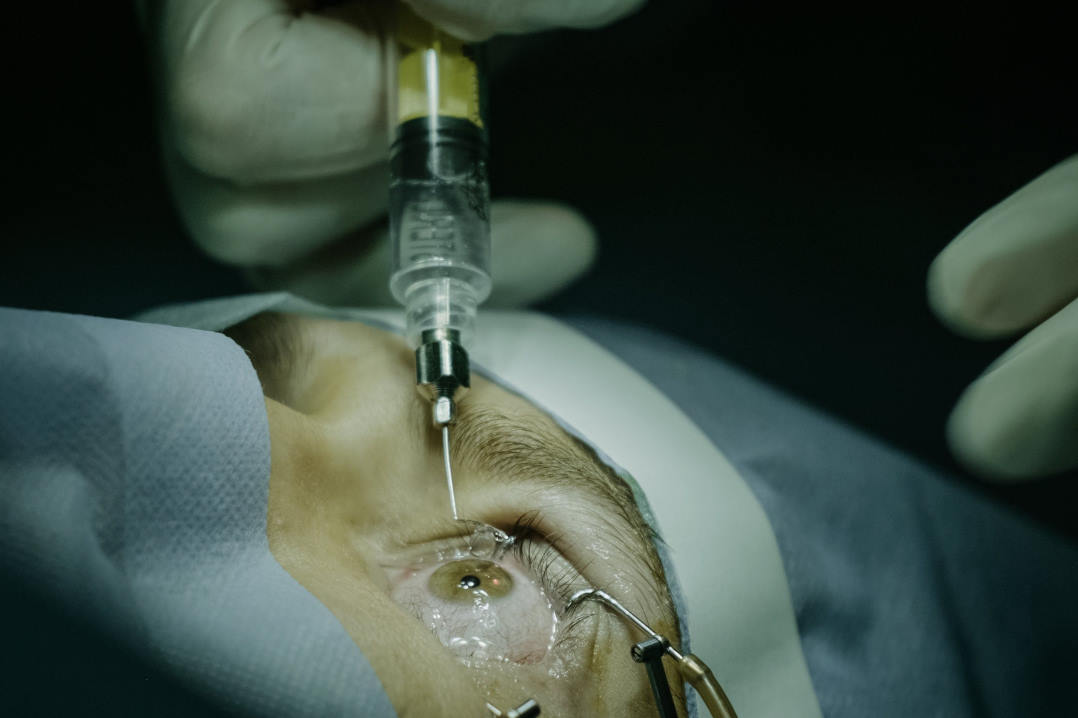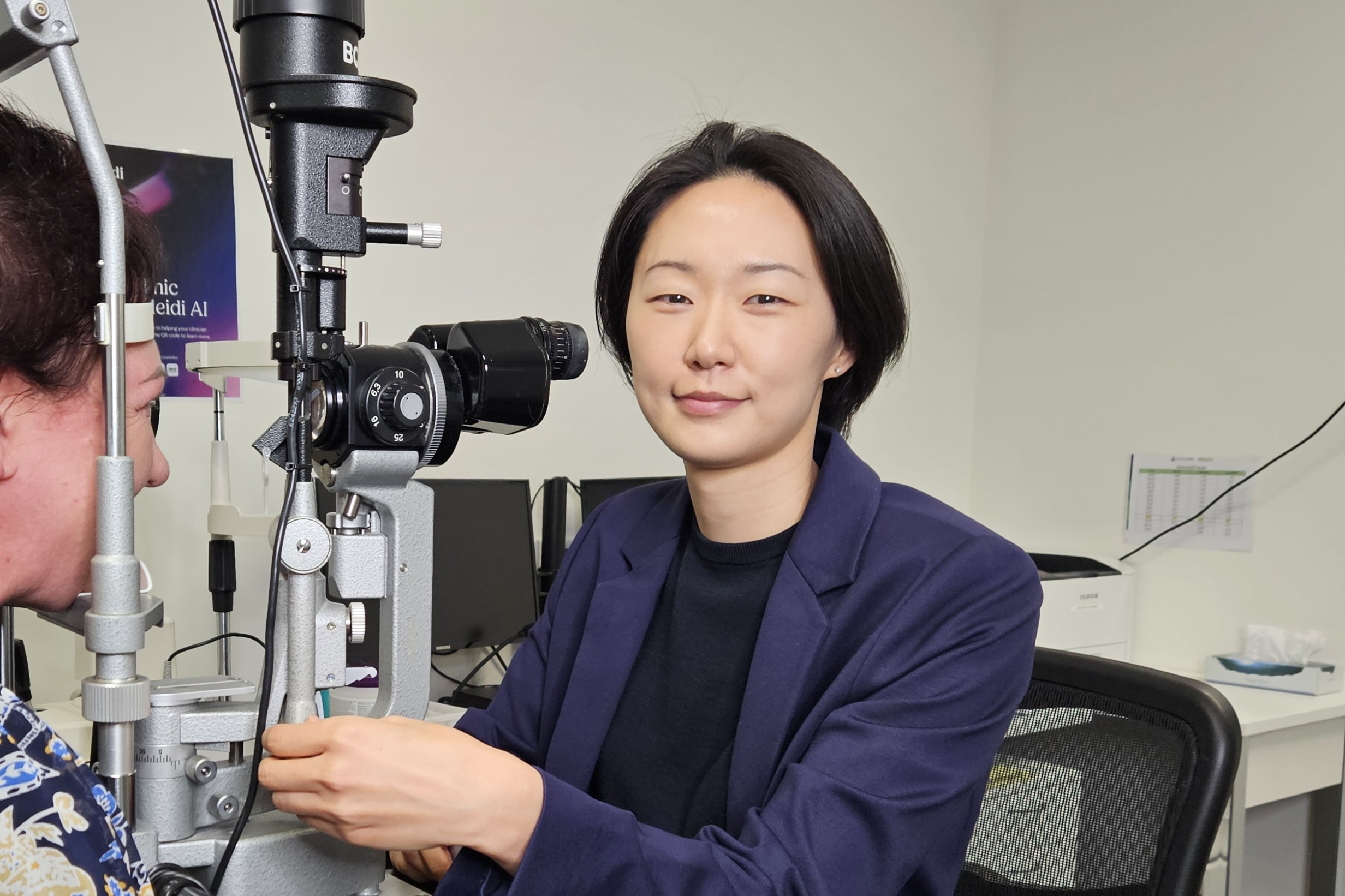Could ‘dormant’ cones be saved?
A first-of-its-kind US study has found that ‘dormant’ cone photoreceptors in degenerating retinas of mice are not dormant at all, but continue to function, responding to light and driving retinal activity.
Mutations in rod cells that cause them to die trigger most inherited retinal degeneration, said the research team from the University of California, Los Angeles (UCLA), but this research showed cones can remain alive after nearly all the rods die. “But they retract key parts of the cells so appear ‘dormant’. This study indicates for the first time that the cells are still viable. Furthermore, downstream signals recorded from the retina show that visual processing is not as compromised as may be expected.” Therapeutic interventions to protect these cells, or enhance their sensitivity, therefore have the capability to preserve nearly normal daytime vision, they said.
“While the sensitivity of the cones was about 100-1,000-fold less than normal, we were surprised to find the drop-off in sensitivity for the ganglion cells that project to the brain was much less,” said senior author Professor Alapakkam Sampath. “It seems that adaptational mechanisms in the inner retina might be trying to minimise the sensitivity difference to preserve robust signalling in the ganglion cells; this is consistent with what we know about the brain. Homeostatic mechanisms that respond to injury and disease typically cover up the deficiency.”
The full study was published in Current Biology.
























